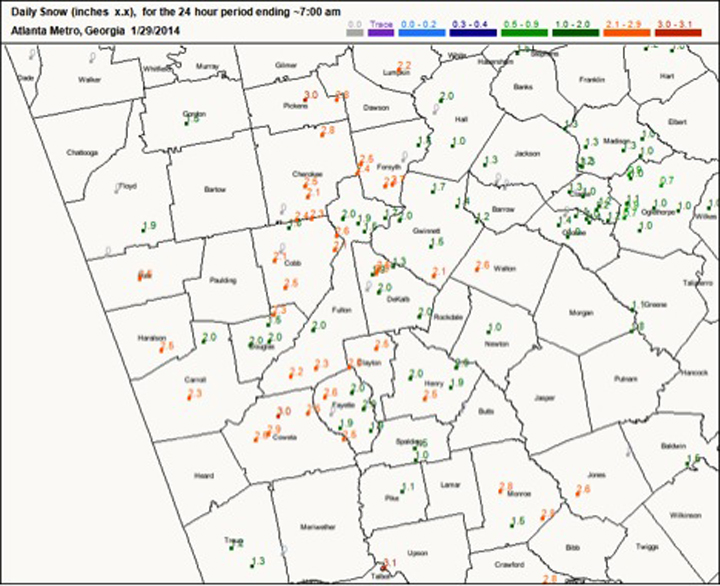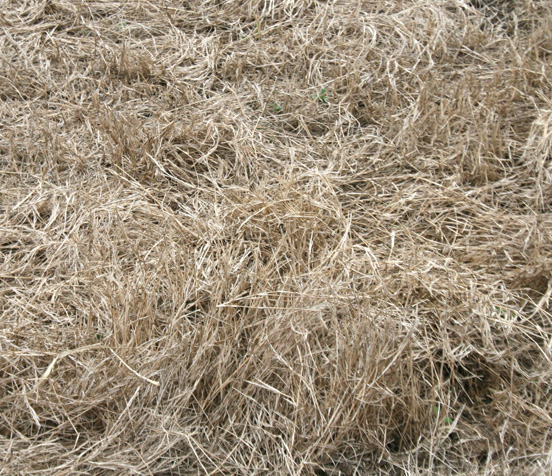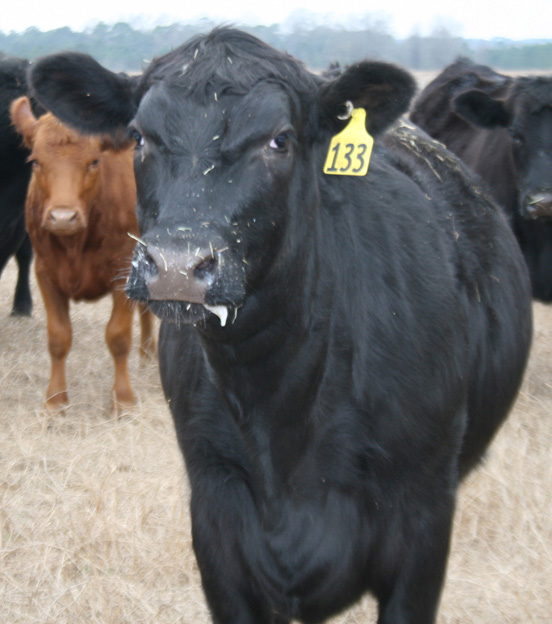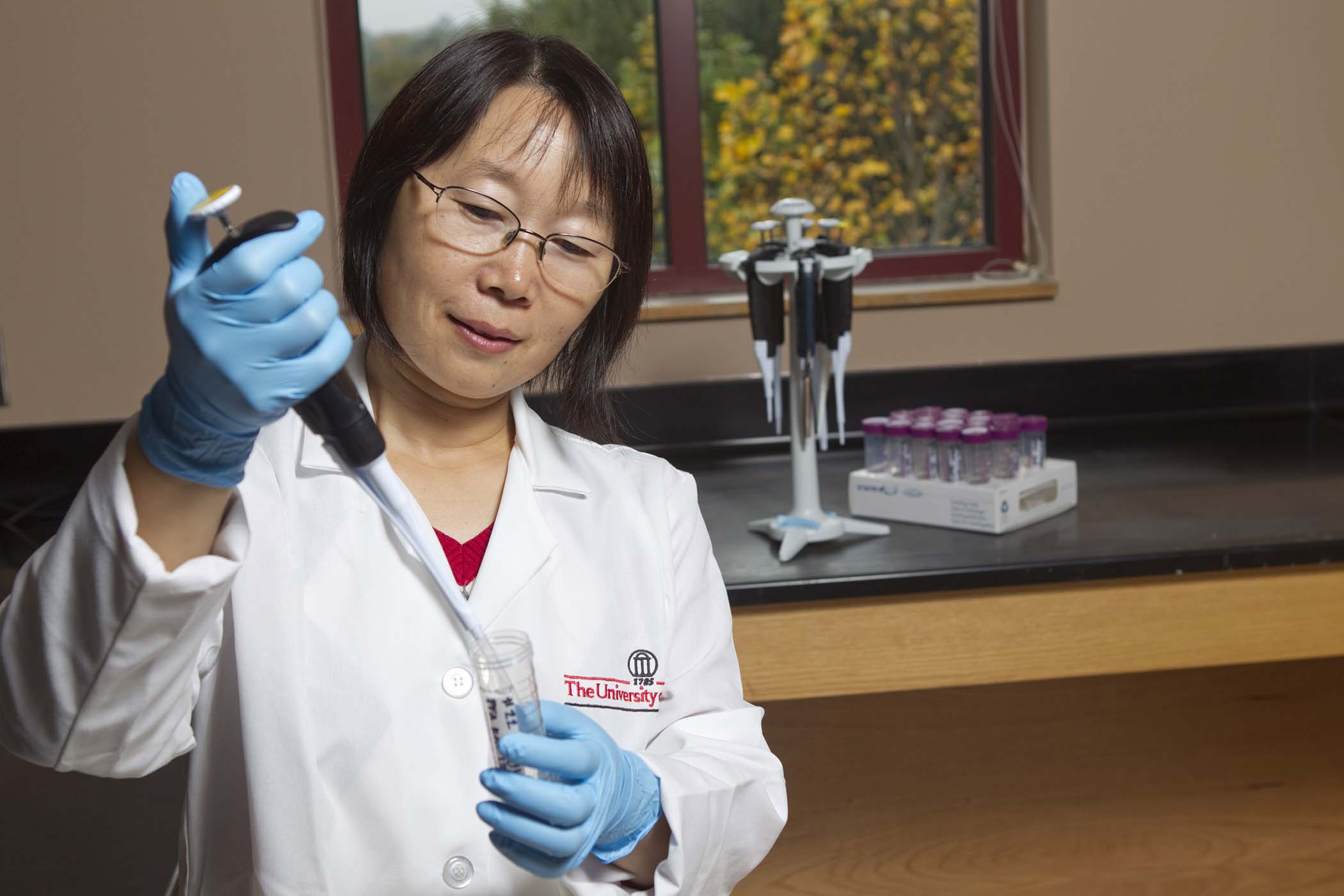 CAES News
CAES News
Kroger Plus Cards help earn funds for Georgia 4-H program
Kroger customers can now help support Georgia 4-H simply by buying groceries at one of the retailer’s 171 stores across the state.








